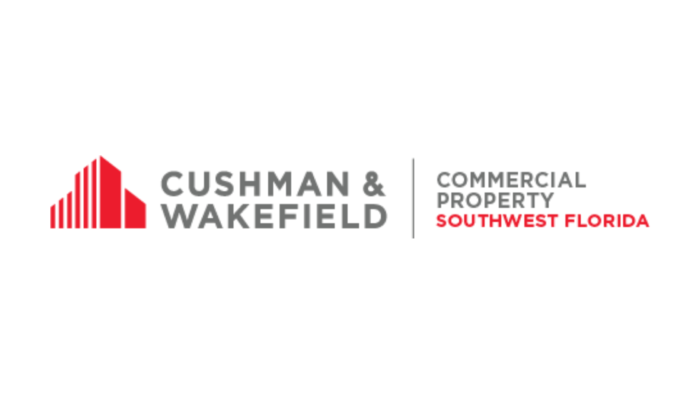Craft Brewing Revolutionizes Commercial Real Estate
Craft Brewing Revolutionizes Commercial Real Estate By Gary Tasman CEO & Principal Broker, Cushman & Wakefield Commercial Property Southwest Florida, LLC Anyone who has taken up the art of market watching over the last ten years may have noticed that breweries, micro-breweries and brewpubs have more than tripled the craft brewing market and placed most […]
Craft Brewing Revolutionizes Commercial Real Estate Read More »




